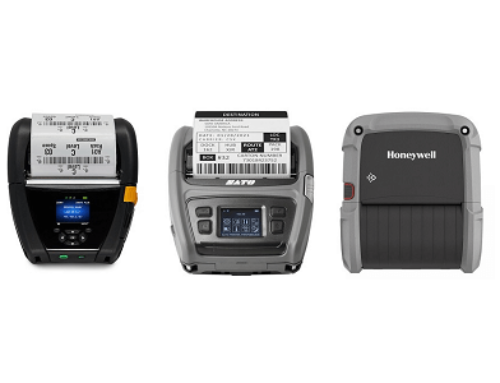Between Black Friday and New Year’s, warehouses have consistently expected a massive influx of online orders, direct-to-customer shipping, and reverse logistics. However, with researchers estimating a record-breaking 13.7% growth in expenditures, warehouses large and small are running to prepare for the largest peak season to date, yet current labor and supply shortages are also expected to pose a challenge. In 2021, large warehouses saw up to 111% labor turnover rates, resulting in delayed order fulfillment, increased worker stress, and poor customer service. While distribution centers continue to grapple with the hardships of finding and retaining experienced workers, the following automation solutions have proven useful in protecting workflow simplicity to accommodate and react to shortages.
- Streamlined data capture and processing – Studies conducted by lead innovators at Zebra Technologies show that over three thirds of warehouses and distribution centers intend to enhance the workforce with automated mobility solutions such as handheld computers and scanners. These intuitive devices remove the need for extensive manual data processing by capturing barcodes and automatically registering information into the WMS, which is then accessible from anywhere in the warehouse. By empowering workers to complete more orders with less effort, accuracy rates are also protected, improving the bottom line.
- Dependable communication channels – Surprises in the supply chain may be inevitable; nevertheless, visibility may undermine its impact. That’s why consistent communication between the different steps of the supply chain is crucial to provide real-time alerts for any changes in demand. For example, push-to-talk capabilities streamlined in mobile computers can replace bulky two-way radios, making sure field teams and warehouses can communicate from anywhere.
- Real-time locationing and tracking – Maximized operational visibility allows workers to note inbound and outbound shipments to quickly update stock counts, thus preventing out-of-stocks. Modernized solutions such as RFID tracking reduce costs in the long run by preventing shipments from being misplaced or stored incorrectly.They also assist in verifying complete orders before they are shipped, maximizing accuracy rates and customer satisfaction.
Although these technologies have gained the attention of most supply chains, individual warehouses may require more tailored optimization plans to thrive in today’s high-demand environments. To learn more about how you can prepare your operations for the 2021 Peak Season, contact us for a comprehensive workflow evaluation.






